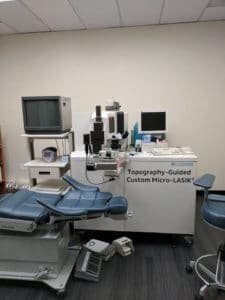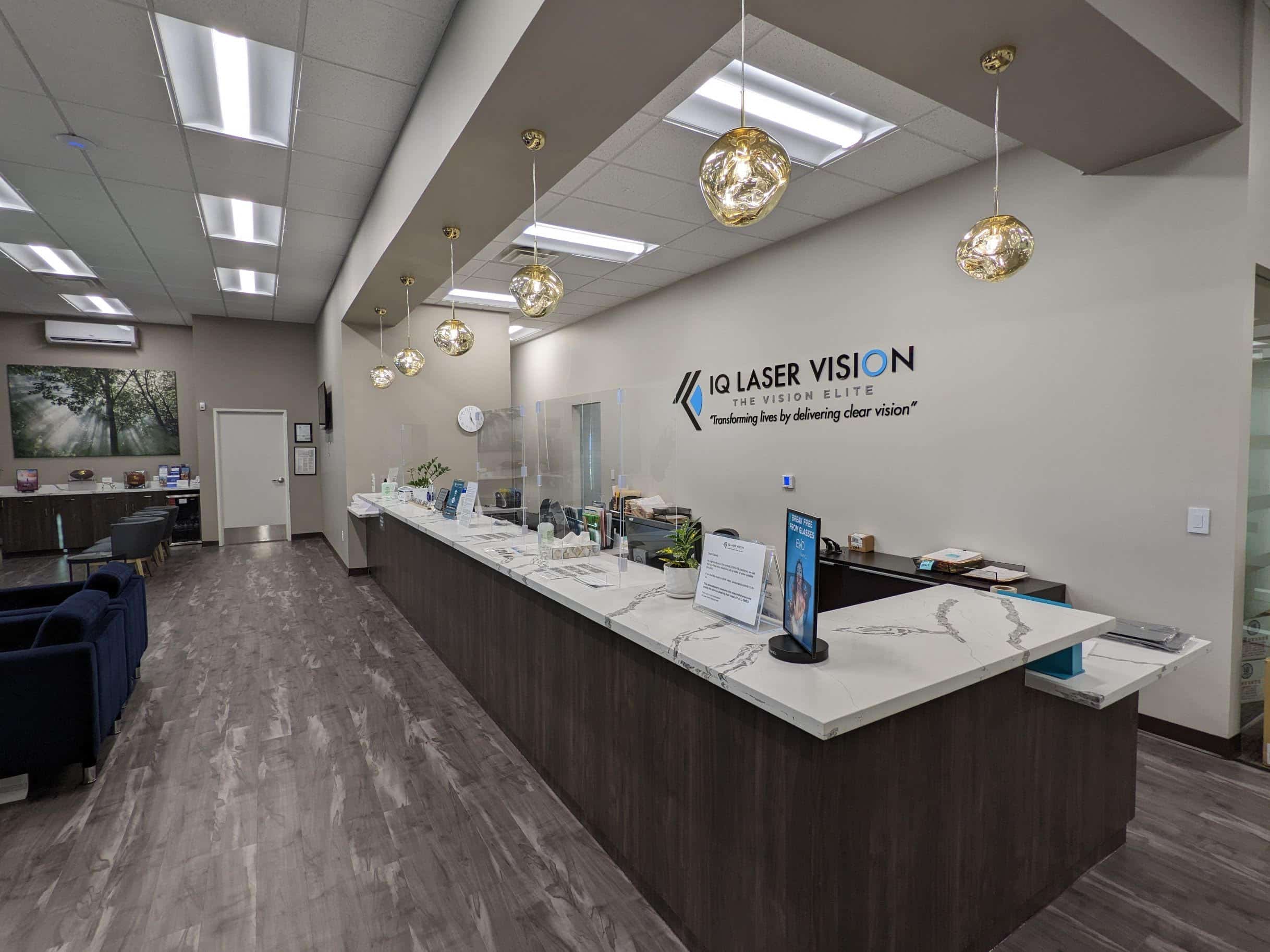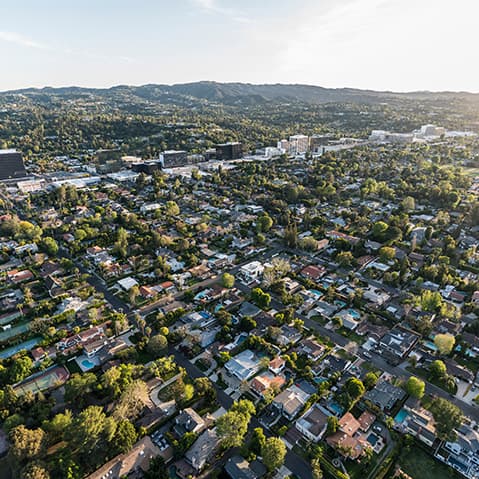LASIK stands for “laser-assisted in-situ keratomileusis” and is used to treat nearsightedness (myopia), farsightedness (hyperopia), and astigmatism. The LASIK vision correction surgery uses a laser to reshape the cornea. Allowing light to enter the eye focused properly on the retina. The surgery usually only takes about 15-30 minutes for both eyes. And leaves the patient able to see without the assistance of corrective lenses (glasses or contacts). Within about 24 hours after the laser vision correction surgery.

Lasik surgery is not the only option. And sometimes is not the right choice for a person, other possible treatments include PRK, LASEK, and phakic IOL surgery. Before any of these corrections are made have a discussion with your eye doctor as to which would work best for your situation.
In the US, expect to pay between $1,500-$2,500 per eye for the surgery, though some doctors run specials. Nothing wrong with getting the best deal. Just make sure that the best deal really is and not just one that costs less. But has more risks because a Lasik vision correction facility doesn’t have as much experience or a top reputation.
If you wear contact lenses, your eye doctor will probably advise you not to wear them for about two weeks prior to the surgery.
What Happens During A LASIK Vision Correction Surgery?
In preparation, numbing eye drops will be used, possibly your doctor will use another medication to help you remain calm during the procedure. Then he’ll use an instrument to hold your eye open and get you in the correct position to begin. A marker is used to show where the initial flap will be cut. As the procedure begins, you’ll be directed to look at a light while laser pulses are used on the cornea.
A thin, circular “flap” is cut in the cornea using either a femtosecond laser or a microkeratome. The flap is folded back for access to the cornea and using an excimer laser some of the tissue of the cornea is removed – reshaping it. If you are nearsighted, they want to flatten the cornea, and if you are farsighted, then they want to build more of a curve. In the case of astigmatism, the excimer laser is used to smooth and level any irregularities in the shape of the cornea. Once the correction is made, the flap is returned to its usual place, and healing will begin.
What To Do After the Surgery
You’ll be allowed to rest for a bit after the surgery before a quick post-op exam is performed. As the numbing wears off, you may feel some burning or itchiness in the eyes. When you leave the surgical center, you’ll need someone to drive you home, as well as someone to drive you for your follow-up visit with the doctor the next day (or longer). Only after your doctor approves your sight being acceptable will you be allowed to drive again.
Usually, there won’t be any bandages, anesthesia (other than eye drops prior to the surgery), or other outward indicators of the surgery. But in most cases, the patient will get back to 20/20 vision without the need for glasses or contacts. That recovery usually takes between a couple of days to a couple of weeks before the results are complete.
If you are a fitness enthusiast, skip any strenuous activity for at least a week after the surgery. Like any other serious medical procedure or surgery, your body needs its resources to heal for a time.
Make sure you get all the laser eye surgery information you can before making a decision for Lasik or other eye correction surgery. If you have any questions, please contact one of our offices through our website at www.IQLaserVision.com.























